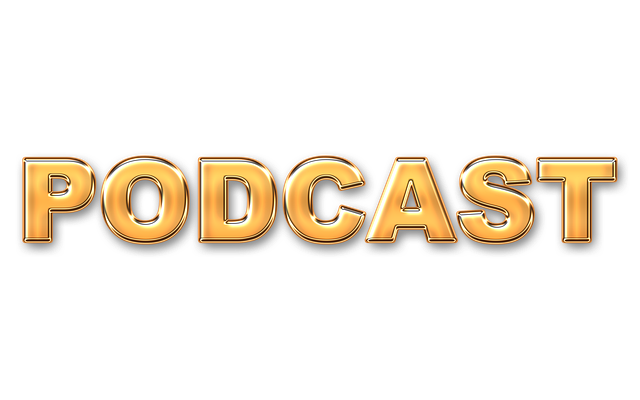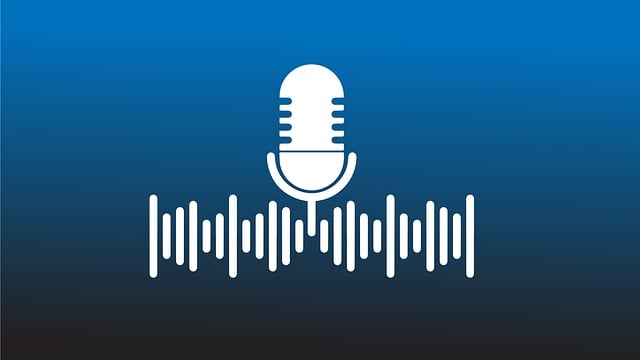In an age where consumers are constantly bombarded with visual stimuli and digital distractions, the rise of podcast advertising has emerged as a powerful and effective way for brands to connect with audiences in an increasingly audio-centric world. With the popularity of podcasts skyrocketing in recent years, savvy marketers are recognizing the immense potential of this medium to reach and engage with their target demographics like never before.

The Podcasting Phenomenon
Podcasting has experienced exponential growth in recent years, with millions of listeners tuning in to a diverse array of shows covering everything from true crime and comedy to business and self-improvement. According to the latest statistics, over 155 million people in the United States alone have listened to a podcast, with that number steadily increasing year over year. This surge in popularity has turned podcasts into a mainstream form of entertainment and information consumption, making them an attractive platform for advertisers looking to connect with engaged and loyal audiences.
The Appeal of Podcast Advertising
So, what makes podcast advertising so appealing to brands? Unlike traditional forms of advertising that can be easily ignored or skipped, podcast ads are integrated seamlessly into the content, making them less intrusive and more likely to be heard and remembered by listeners. Additionally, podcast audiences tend to be highly engaged and loyal, often forming strong connections with their favorite hosts and shows. This level of trust and rapport makes listeners more receptive to recommendations and endorsements from podcast hosts, making podcast advertising an effective way to drive brand awareness, consideration, and action.
Targeted Reach and Measurement
One of the key advantages of podcast advertising is its ability to target specific audiences with precision and accuracy. Many podcasts cater to niche interests and demographics, allowing advertisers to reach highly relevant and receptive audiences. Whether targeting tech-savvy millennials, health-conscious parents, or avid sports fans, there’s a podcast out there for virtually every audience segment. Furthermore, advancements in ad insertion technology and listener analytics have made it easier than ever for advertisers to measure the effectiveness of their campaigns, providing valuable insights into listener demographics, engagement, and conversion metrics.

Types of Podcast Ads
Podcast advertising comes in various formats, each offering unique advantages and opportunities for brands:
1.Host-Read Ads
Host-read ads are read by the podcast host during the show and are often integrated seamlessly into the conversation. These ads tend to be highly effective, as they are perceived as genuine recommendations from a trusted source.
2. Pre-Roll, Mid-Roll, and Post-Roll Ads
These ads are inserted at the beginning (pre-roll), middle (mid-roll), or end (post-roll) of the podcast episode. Pre-roll ads are typically shorter and serve as an introduction to the episode, while mid-roll ads are integrated into the content, and post-roll ads are played after the episode has concluded.
3. Branded Content and Sponsorships
Some brands opt to sponsor entire podcast series or episodes, allowing for deeper integration and brand storytelling. Branded content and sponsorships offer an opportunity for brands to align themselves with the values and themes of the podcast, fostering a stronger connection with listeners.

Best Practices for Podcast Advertising
While podcast advertising offers numerous benefits, it’s essential for brands to approach it strategically to maximize effectiveness and ROI. Here are some best practices to keep in mind:
1,Know Your Audience
Understand the demographics, interests, and preferences of your target audience to select podcasts that align with your brand and messaging.
2. Tailor Your Message
Craft compelling and relevant ad copy that resonates with the audience of each podcast. Personalize your message to fit the tone and style of the show and leverage the authenticity of host-read ads whenever possible.
3. Track and Measure Performance
Utilize tracking tools and analytics to monitor the performance of your podcast ads. Measure key metrics such as reach, engagement, and conversion rates to evaluate the effectiveness of your campaigns and optimize accordingly.
4. Experiment and Iterate
Test different podcast formats, ad placements, and messaging strategies to determine what resonates best with your target audience. Continuously iterate and refine your approach based on performance data and listener feedback.
Conclusion
Podcast advertising represents a compelling opportunity for brands to connect with audiences in an audio-centric world. By leveraging the intimate and engaging nature of podcasts, advertisers can reach highly targeted audiences with authentic and impactful messaging. With the continued growth and popularity of podcasts, the future of podcast advertising looks brighter than ever, offering brands a unique and effective way to cut through the noise and make meaningful connections with consumers.










